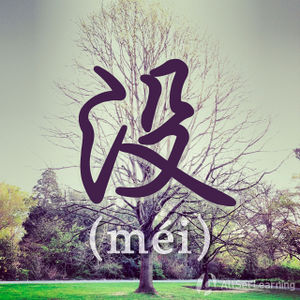Difference between revisions of "Inability with "mei banfa""
Yangrenjun (talk | contribs) |
|||
| Line 21: | Line 21: | ||
* 他 <em>没 办法</em> 去 中国。<span class="trans">He has no way to go to China.</span> | * 他 <em>没 办法</em> 去 中国。<span class="trans">He has no way to go to China.</span> | ||
* 我们 <em>没 办法</em> 出去。<span class="trans">We have no way of going out. (maybe we are busy, etc.) </span> | * 我们 <em>没 办法</em> 出去。<span class="trans">We have no way of going out. (maybe we are busy, etc.) </span> | ||
| + | * 没有 糖,我 没 办法 做 蛋糕。 | ||
| + | * 我 <em>没 办法</em> 让 所有 人 都 喜欢 我。 | ||
| + | * 我 不 会 说 中文, 我 <em>没 办法</em> 跟 中国 人 说话。 | ||
| + | * 事情 太 多 了,我 <em>没 办法</em> 在 这 个 星期 完成。 | ||
| + | * 我 没 带 钱 包, 所以 我 <em>没 办法</em> 买 东西。 | ||
| + | * 我 的 手机 不见了,所以 我 <em>没 办法</em> 打电话 给 你。 | ||
| + | * 他 很 笨,我 <em>没 办法</em> 跟 他 一起 工作。 | ||
</div> | </div> | ||
Revision as of 06:42, 21 November 2013
| This article is a stub. Editors can help the Chinese Grammar Wiki by expanding it. |
-
Level
-
Similar to
-
Used for
-
Keywords
The following article shows one of the best ways to say "there's no way" in Chinese.
Structure
One easy way to express inability is to use the phrase 没办法 (méi bànfǎ). Literally this translates as "to have no way", and is commonly used in situations where something is not possible. The structure:
Subject + 没办法 + Verb + Object
Examples
- 我 没 办法 帮 你。There's no way to help you.
- 他 没 办法 去 中国。He has no way to go to China.
- 我们 没 办法 出去。We have no way of going out. (maybe we are busy, etc.)
- 没有 糖,我 没 办法 做 蛋糕。
- 我 没 办法 让 所有 人 都 喜欢 我。
- 我 不 会 说 中文, 我 没 办法 跟 中国 人 说话。
- 事情 太 多 了,我 没 办法 在 这 个 星期 完成。
- 我 没 带 钱 包, 所以 我 没 办法 买 东西。
- 我 的 手机 不见了,所以 我 没 办法 打电话 给 你。
- 他 很 笨,我 没 办法 跟 他 一起 工作。



